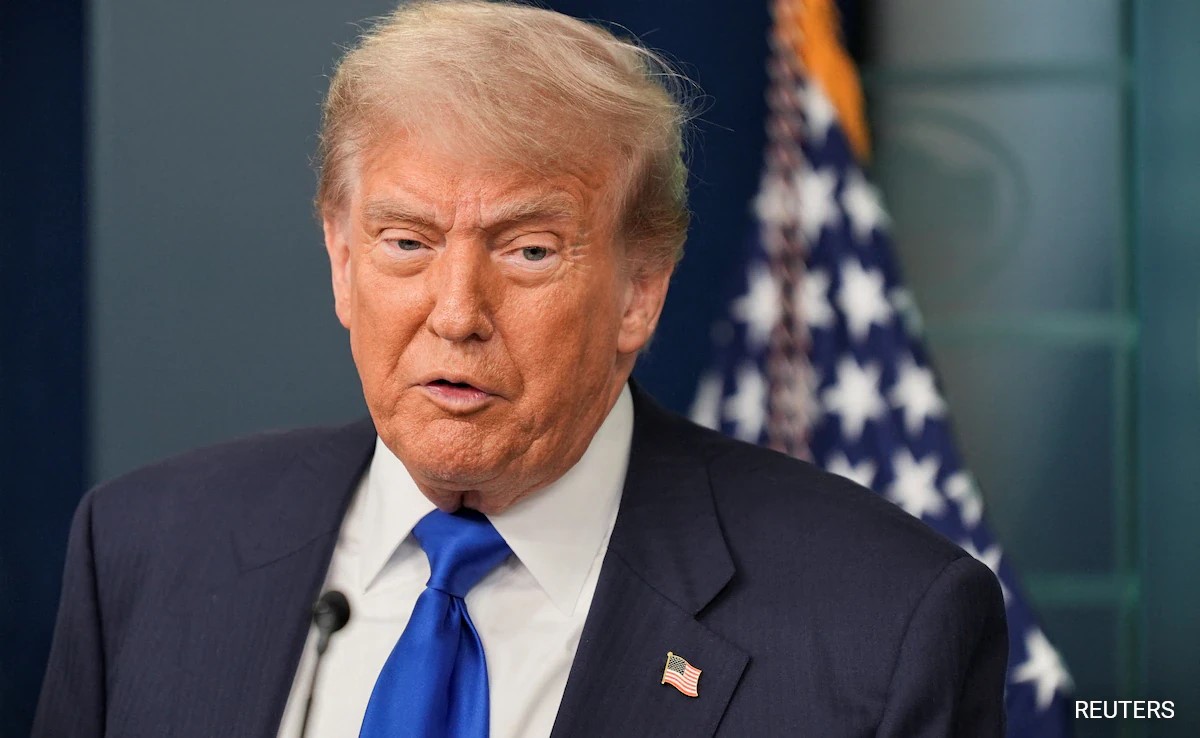
Trump announces Israeli captives to be freed from Gaza on Monday

 :
| Updated On: 11-Oct-2025 @ 11:43 am
:
| Updated On: 11-Oct-2025 @ 11:43 amSHARE
United States President Donald Trump announced that Israelis held in Gaza by Hamas and other armed groups will be released on Monday under a US-backed ceasefire deal. Speaking at the White House late Friday, Trump revealed that the exchange involves 48 Israeli captives—20 still alive and 28 who died in captivity. The bodies of the deceased, he said, are currently being located and prepared for handover. In exchange, Israel will release roughly 2,000 Palestinian prisoners. Trump described the deal as “big” and emphasized its historic importance, despite acknowledging that Hamas might face challenges in gathering the remains of all deceased captives.
Calling the situation tragic, Trump said the living captives are being held in “pretty rough places,” with only limited knowledge of their exact locations. He confirmed plans to travel to Cairo this weekend and also deliver an address at the Israeli Knesset before returning to Washington, signaling his active role in the peace process.
The agreement follows the US-brokered peace deal for Gaza, under which Hamas is obligated to release all captives within 72 hours after the start of a ceasefire. Israel’s government ratified the ceasefire early Friday morning, and it came into effect later the same day. Following this, Israeli troops began withdrawing from several areas in Gaza to designated positions, formally triggering the 72-hour countdown for Hamas to carry out the releases.
Despite the progress, uncertainty remains. Reports earlier in the week suggested Hamas may struggle to locate all remains of deceased captives, raising concerns about the smooth execution of Monday’s planned exchange. Additionally, as Palestinians began returning to their devastated homes amid the Israeli pullback, pressing questions about Gaza’s political and social future surfaced. Central among them are debates over whether and how a Palestinian state might emerge from this fragile moment.
Nevertheless, Trump struck an optimistic tone. He argued that both Hamas and Israel were “all tired of fighting,” and suggested that there was broad consensus on the ceasefire’s main provisions. While some details still needed to be worked out, Trump said most of the framework had already been agreed upon. He pointed out that diplomatic negotiations in Cairo have provided an environment conducive to compromise, even though practical challenges sometimes complicate implementation.
Trump also highlighted international support for the ceasefire plan. He expressed satisfaction that the European Union, Iran, and Russia had all shown backing for the deal, noting that such a wide coalition was unusual in Middle East diplomacy. According to him, the agreement not only addresses the immediate hostage situation but also lays the groundwork for a broader regional peace effort. “This is peace in the Middle East, and it’s a beautiful thing,” Trump remarked, underlining the wider significance of the agreement.
In summary, Trump’s announcement represents a pivotal development in the ongoing Gaza conflict. The deal’s success depends on Hamas’s ability to deliver both living captives and the bodies of those who perished, as well as Israel’s release of thousands of Palestinian prisoners. While challenges remain, the ceasefire and prisoner exchange are seen as major steps toward easing tensions and possibly reshaping the trajectory of peace efforts in the Middle East.